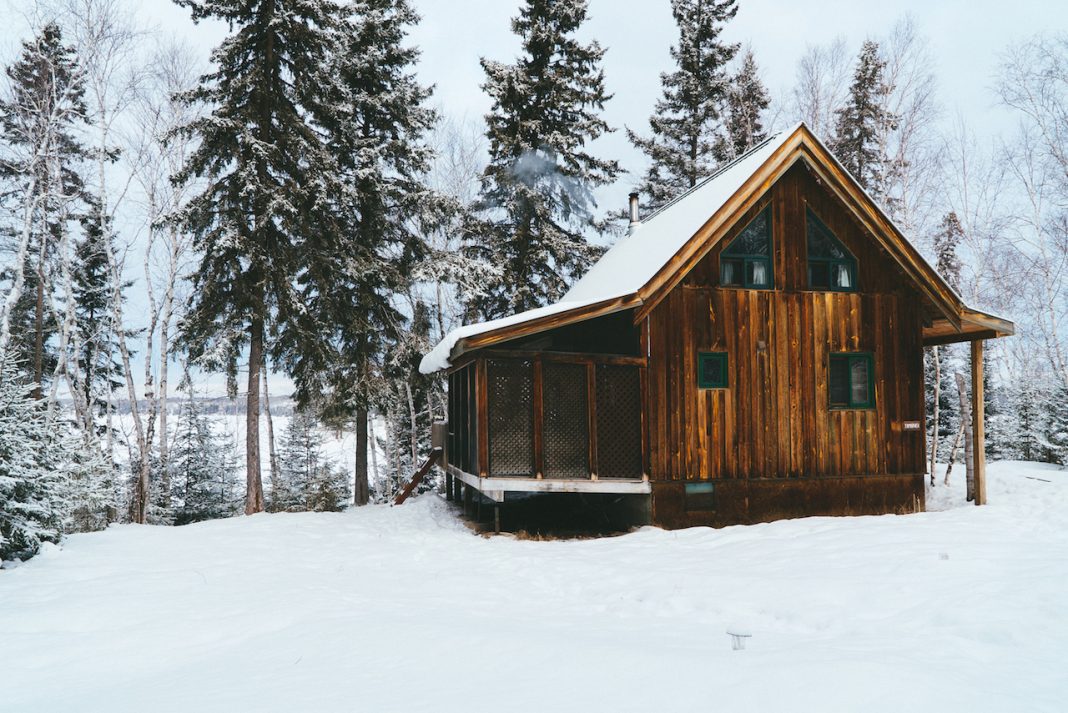Sometimes we are just looking for a place to stop for the night, but what if we are looking for a place to relax, to explore, and maybe to fish? Whiteshell Provincial Park in southeastern Manitoba can fit all those needs, and more.
The park got the name ‘Whiteshell’ from the cowry shells, which come from a fairly large sea snail. The cowry shells arrived here, presumably as trade items, and were prized as ceremonial items. The natives have lived in this area for 8,000 years, so there was a lot of time to develop trade routes across the continent.
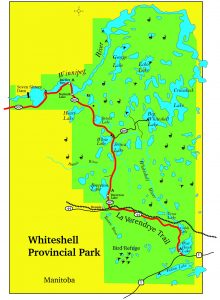 The park sits off the western edge of the Precambrian Canadian Shield, just east of the wide-open prairies. The Shield is composed of igneous rocks whose age harkens back to the creation of the basic rock of the continent and is a few billion years old. At one time there were high mountains here. Then came several glaciation periods that ground down the mountains, gouged out holes in softer rock leaving a rugged terrain, of bogs, swamps, lake and streams. It was perfect for animals, and it was an important area for the natives. The many lakes and rivers through the forested wilderness provided lots of opportunities for hunting and fishing for food. The hunted animals also provided skins that were used for many things, from clothes to shelter.
The park sits off the western edge of the Precambrian Canadian Shield, just east of the wide-open prairies. The Shield is composed of igneous rocks whose age harkens back to the creation of the basic rock of the continent and is a few billion years old. At one time there were high mountains here. Then came several glaciation periods that ground down the mountains, gouged out holes in softer rock leaving a rugged terrain, of bogs, swamps, lake and streams. It was perfect for animals, and it was an important area for the natives. The many lakes and rivers through the forested wilderness provided lots of opportunities for hunting and fishing for food. The hunted animals also provided skins that were used for many things, from clothes to shelter.
Whiteshell is over 260,000 hectares in size and is one of Manitoba’s largest parks. It is close to the Ontario boundary and is very long and skinny. The park has a myriad of lakes, some of which are famous for the wild rice they produce.
In addition to these benefits, the Winnipeg and Whiteshell Rivers were the earliest highways through the area. Canada’s famous explorer, La Verendrye, would have paddled on these rivers in 1733 as he searched for a route to the western seas, as he was mapping out the new country. La Verendrye followed the Whiteshell River to the Winnipeg River then into Lake Winnipeg. His explorations and the subsequent growth of the fur trade live on today in the La Verendrye Trail route in eastern Manitoba. Other important historical figures to follow his tracks were Alexander Mackenzie and David Thompson, members of the North West Fur Company.
More evidence of the early tribes is found laid on the granite of the Shield. There are several petroforms, which some call ‘boulder mosaics’, that resemble birds, turtles and snakes, which have been located, and probably many more that are still awaiting discovery. You are reminded to avoid touching them, as they can easily be destroyed.
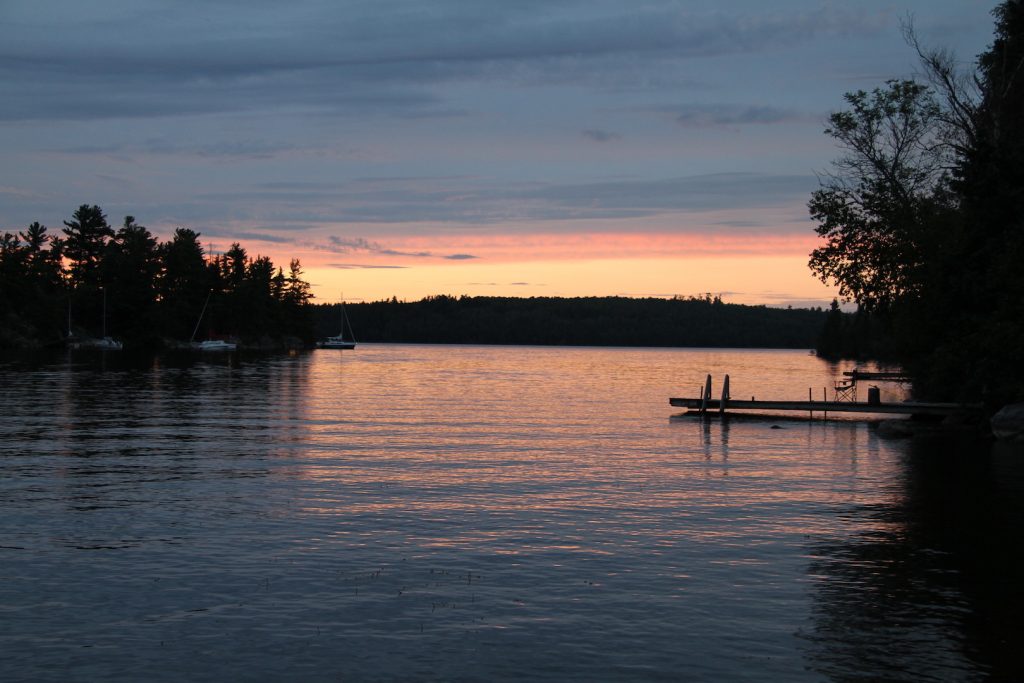
You can enter the park from the south following Man-44. This was the old Trans-Canada highway before the building of the present highway. At West Hawk Lake you will find a handy camping spot. This is a good place to start your activities. Although it may be cool, the clean, clear waters of the lake will attract you. Fishing here, and in most of the lakes, can be very enjoyable. The views across the lake are extremely scenic. If it’s calm, there is a wonderful opportunity to observe reflections of the trees in the water. This lake is not entirely wilderness. On its shores, there are private cottages and facilities for tourists. West Hawk Lake also has a connection to a visitor from outer space.
West Hawk Lake was formed 150 million years ago when a meteorite smashed into the surface. Its clarity, down to 100 metres, makes it a popular lake for scuba diving, as well as boating and fishing. The outline of the crater is difficult to see, but extensive research proves its sudden birth.
Visit the West Hawk Museum to learn more about the geology of the area, which will include the changes in the landscape caused by the meteorite. You can also learn about gold mining in the region. The Penniac Reef Mine and the Sunbeam Kirkland Mine produced gold in the early 1900s and there are many low-grade gold deposits in the area.
Highway 44 used to be the Trans-Canada highway before they built the present highway. The last time I was there, the old highway was full of rough breaks and dips and needed a lot of work. As you drive through the park on Man-44 you drive between glacial smoothed ridges with many small ponds, beaver dams and streams. At your side is the railway, cutting through a flatter route than is found in much of this country. You don’t have to drive far into the park to realize parts of it are very well developed, yet there are huge tracts of the park only reachable by the avid explorer, whether by foot or by canoe. Other parts are open to the casual, relaxed camper. Which one are you?
Being part of the Canadian Shield, lakes and rivers are plentiful, which makes the park’s huge size ideal for canoeing. When the railroad was built through this region it was necessary to dig drainage tunnels through the solid rock which now are used by canoeists.
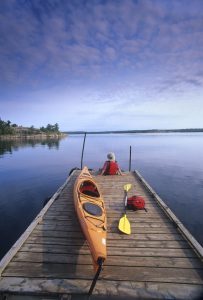
Canoeing is very popular in the park. The Caddy Lake canoe route offers 175 km of paddling across lakes, along rivers, and a few portages. It’s once across Caddy Lake that you find the first tunnel leading to South Cross Lake. There will be current to contend with, and if the water is a little high you have to crouch to avoid the roof. If the water is too high … then you carry the canoe over the railway. Further north you transit Mallard Lake, which later in the season will likely have tall plants of wild rice. Expect rapids, dams and often windy portions when you are out on the open lakes.
A longer trip for experienced users is the ‘Historic Route” on the Winnipeg River covering several lakes and 15 portages. Shore campsites are available. At night, lean back on your pack and view the bright stars without any danger of city lights spoiling the view. Enjoy the sounds of quiet, and imagine you hear the dipping of La Verendrye’s paddle as he heads north on his route to discovery.
Not all the fun is confined to the waters. There are many hiking trails, some comfortable, and short, and some long and rough. The Mantario Hiking Trail fits into the latter. Its 63 km route crosses the Canadian Shield exposing you to glaciated granite hills and passing around lakes and bogs. It’s reputed to have great scenery and wildlife viewing opportunities.
Park Interpreters will offer one to two hour guided tours to see the Bannock Point Petroforms. These are patterns created on the exposed granite using boulders. As with abstract art, each person may interpret what he sees differently than anyone else.

Near Rennie is the Alfred Hole Goose Sanctuary Visitor Centre. It will show you the geese up close and gives the history of how the sanctuary was founded. A good time to visit is June when the gosling chicks will be swimming with the parents. In later August the geese accumulate getting ready to fly south.
Rennie is the park headquarters. Originally it was a water stop for the steam trains and a refuelling stop. Swinging north on Man-307 you will find it narrow in places and sometimes quite rough. The Rennie River crosses the road several times as it meanders from lake to lake. In places, you come to built-up areas around lakes.
Reached by Road-309 is Big Whiteshell Lake. It’s the 4th largest lake. Its irregular shoreline will provide many hours of secluded canoeing, feeling as if you are away from the rest of the world. But keep to the eastern side. The western shore does have many, many cottages, but the eastern shore is a designated wilderness area. Hiking or canoeing are the only ways to visit the wilderness area. On the western shore are commercial resorts with cabins, boats and fishing aids. In the community on the western shore, gasoline is available.
There are two provincial campgrounds, but seeing as it’s a busy area, they fill quickly. The sand beaches attract a lot of swimmers. Fishermen and water skiers launch their boats here, breaking the quiet of the surrounding area with their big motors. The area is known for an abundance of pike, perch, and pickerel.
On your wilderness hike, you may encounter foxes, bear, deer, lynx and possibly moose. There are lots of birds too, including geese, owls, duck, loons, and bald eagles.
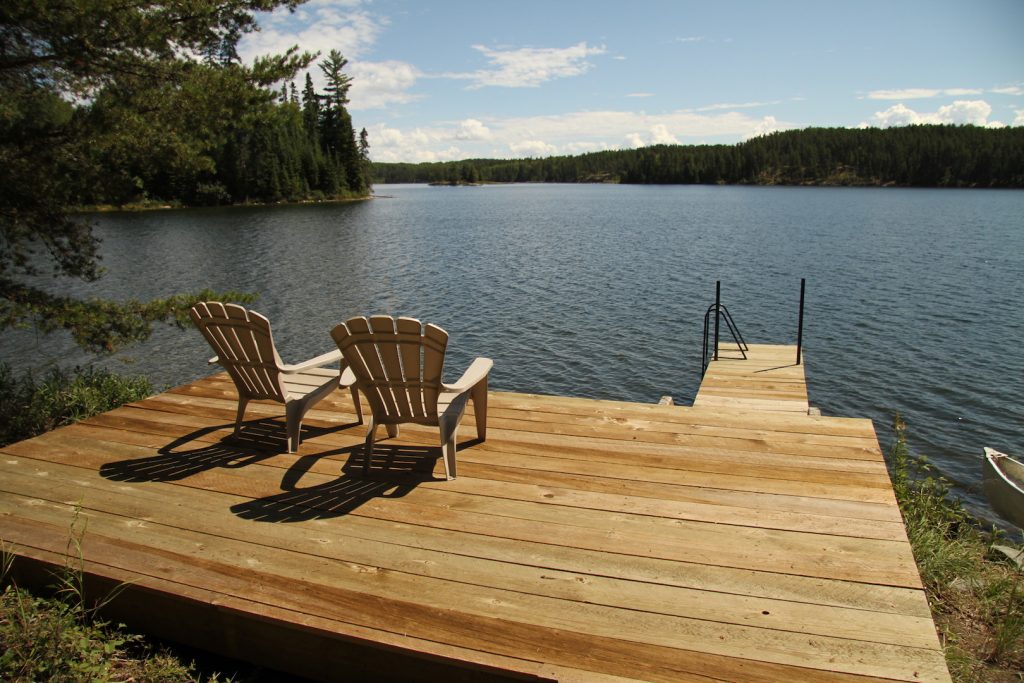
The busy Falcon Lake Campground, just off Hwy-1, does provide some full-service sites. Nearby there are other services, an 18-hole golf course, riding stables, lawn bowling, and a doctor’s office. Falcon Lake is there for swimming and fishing. The Falcon Creek Trail provides an opportunity for a walk of about 1.5 hours through the forest on a trail with numbered stops.
What else to see?
Near Caddy Lake, off Road-312, there is an interpretive centre to show you how the fish hatchery functions. There are examples on display of the types of fish found in Manitoba. Outdoor in big tanks are thousands of fish waiting to be released early in the season. The park guide will explain to you the life cycle of each type of fish. The lake is small but has two campgrounds and offers the canoe route through the railroad drainage tunnels.
Near White Lake is Rainbow Falls which is a low, wide waterfall. It’s just about the right size for playing above and below, and it is well visited by those trying to find a quiet area. Whitemouth Falls is reached off Road-307.
A lot of RVers on the Trans-Canada pass through the southern tip of Whiteshell Provincial Park without realizing what they are missing. Apart from Falcon Lake Campground, there is little to indicate the variety of things you can do in the park. Whether you’ve crossed Ontario’s seemingly endless forests, or what feels like an endless prairie in the west, this park offers a chance to rest from driving, and to refresh by swimming, or hiking the trails, or taking time for a quiet paddle on a back lake. Try Whiteshell Provincial Park the next time you pass through here.
For more information:
Whiteshell Provincial Park map:
https://www.gov.mb.ca/sd/parks/pdf/park_maps/whiteshell/map_park.pdf
What to see in Manitoba: https://www.travelmanitoba.com/
RV Lifestyle Magazine’s Travel Editor, James Stoness, is the author of ‘Touring North America’, a series of travel guides on CD and online to help you plan your trips across North America, as well as a series of novels. Visit his website to read his novels and travel guides – https://stonessrvtravel.com/



















